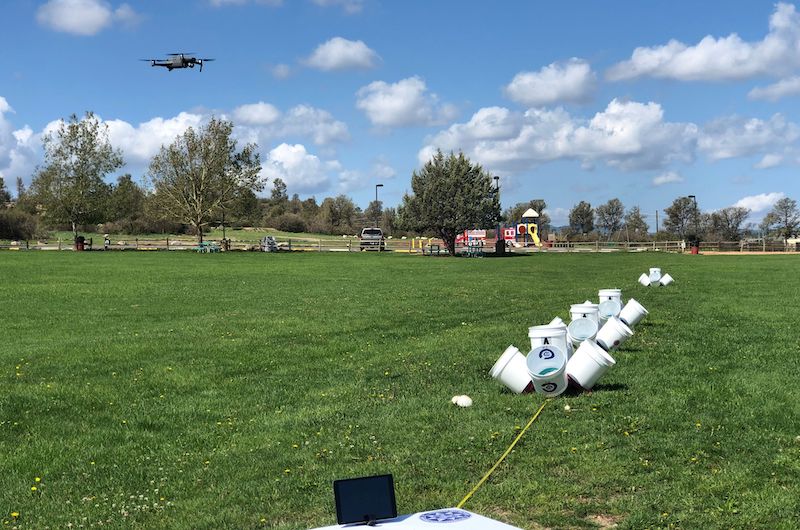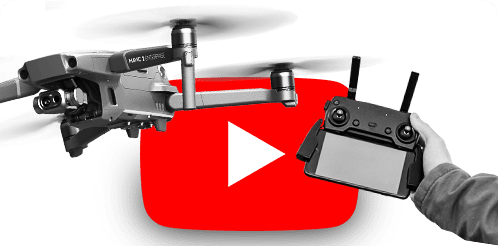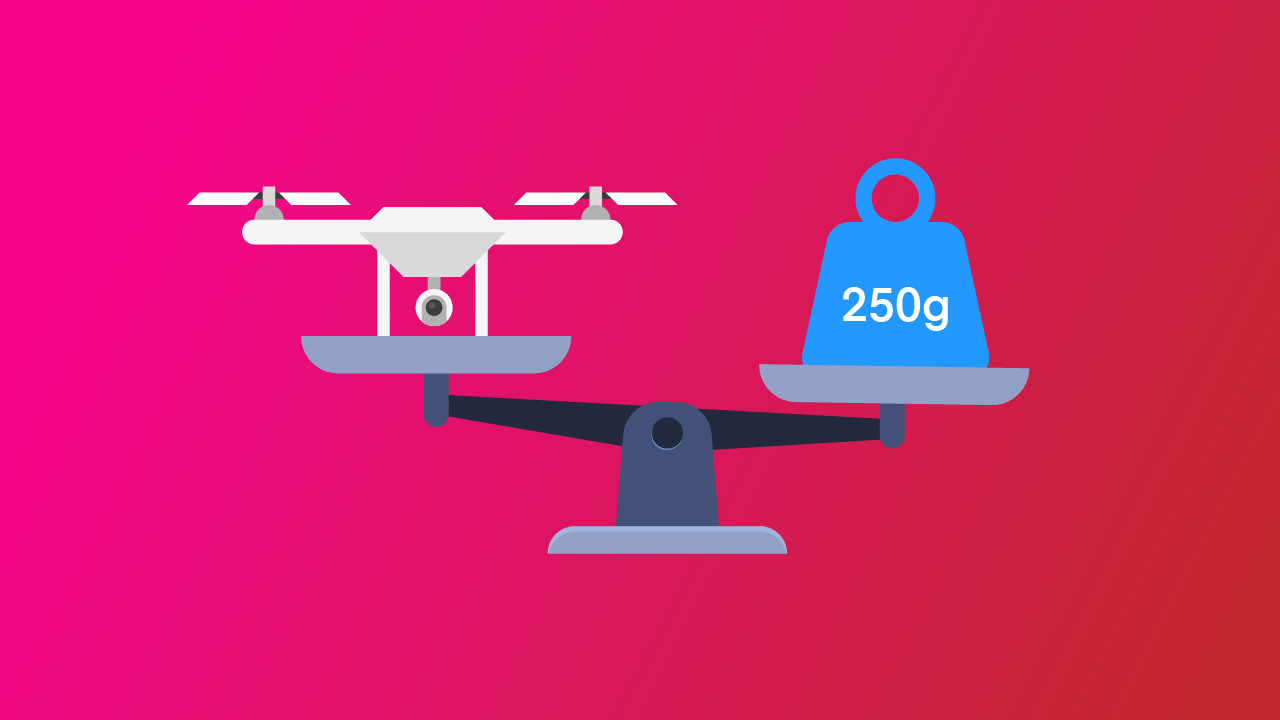There is currently no flight training requirement for drone pilots, whether you intend to fly recreationally or professionally. This is likely one factor for the rapid growth in the population of professional drone pilots. However, it also cannot be denied that this lack of standards is not going to be acceptable in all scenarios.
For Public Safety Agencies, the National Institute of Standards and Technology (NIST) has released a series of performance tests for pilot training. What does this training entail and is it something that professional drone pilots should take even in a voluntary capacity?
What are the NIST standards?
First announced back in 2019, the NIST standards were adopted from a document prepared by the National Fire Protection Association (NFPA). The NFPA is a US organization that has created and maintained more than 300 codes and standards designed to reduce injury, loss of life, and damage due to fire and other related hazards. Although referenced by the NFPA, the test methods were developed by the NIST.
The main reference document for the NIST standards is NFPA 2400 or the Standard for Unmanned Aircraft Systems (sUAS) Used for Public Safety Operations. It is described as the “minimum requirements for the safe operation, deployment, and implementation of sUAS including organization program criteria and considerations, professional qualifications for safety personnel, and elements of a maintenance program.”
The standard is currently in its 2019 version and has been reopened for Public Input until November 10, 2021 as part of the Emergency Response and Responder Safety Document Consolidation Plan.
NIST also released a promo video and a supplementary document (Standard Test Methods to Evaluate Small Unmanned Aircraft System Capabilities and Operator Proficiency for Emergency Response Applications) to help introduce the standards to Public Safety Agencies.
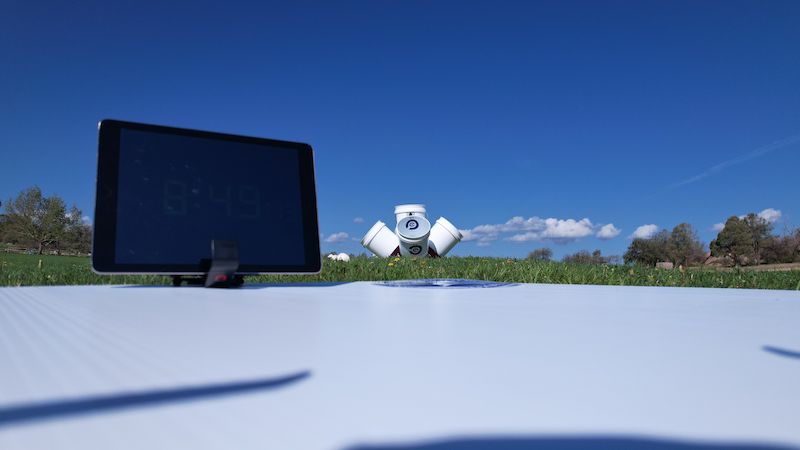
Pilot Institute has a course for NIST that shows you how to set up the lanes and standardize training.
The performance test recommended by the NIST
The NFPA document provides procedures and test methods that can be used to train and measure the proficiency of drone pilots. These courses also provide graded results, creating a mechanism to quantify a pilot’s skill level. Each training course is graded according to Maneuvering (MAN) and Payload Functionality (PAY) on a 1 to 5 scale.
Integral to doing the training tests is the construction of a test lane. This is a series of targets made using 5-gallon plastic buckets, wooden manifolds, and standard stickers that can be downloaded from links included in the NFPA document. The document provides instructions on how the wooden stands are to be constructed. They are designed with hinged supports so that they can be packed up for easier transportation and storage.
The test lane is designed to be low-cost and easy to fabricate so that it can be replicated by any Public Safety Agency or group of drone pilots. More importantly, the test lane is scalable. Depending on the proficiency needs of the group, the test lane can be expanded to make it more challenging.
The standard includes a suite of 10 aerial tests where the pilot will do five basic maneuvers (landing, vertical climbing, level flying, etc.) and five functionality tests (circular orbits, flying in a spiral pattern, etc.). For each test, the pilot is given MAN and PAY grades according to how well they are aligned with the targets in the buckets. The payload category can be conducted by weighing the drone with pre-determined weights.
Aside from the standard test lane, the document also provides guidance on doing scenario-based training. The same targets can be used in different scenarios with some modification. For instance, night flight training can be done by simply adding lights to the plastic buckets. Other training scenarios include thermal scanning, vehicle inspection (including cars, trucks, and rail cars), wide area inspection, and indoor flight.
Test parameters can be altered if the agency wishes to develop higher skill levels in its drone pilots. Good examples running the tests using different drones or under greater time pressure. The complexity of the test lanes can also be increased step-wise to develop higher mission proficiency.
Agencies are advised to set their own performance thresholds for their drone pilots according to the complexity of mission tasks. For instance, pilots can be assessed relative to the military average or civilian average scores. Agencies can also identify expert operators and use their scores as a yardstick for all their remote pilots.
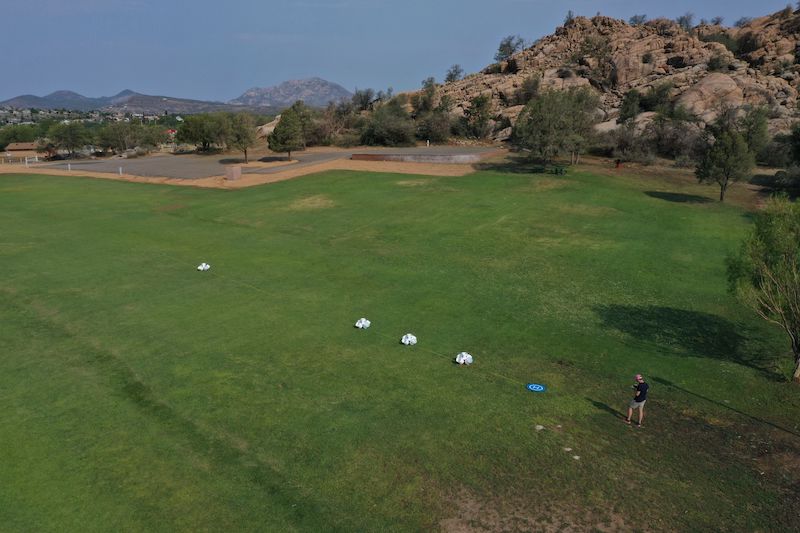
How comprehensive is the NIST training?
The NIST standard for drone pilot training has been around for a few years and is slowly being adopted by various Public Safety Agencies. Although laudable as a standard test, it has also been criticized for lack of comprehensiveness in terms of coverage.
One area in which the NIST standard may fail to train drone pilots in long-range flight. The test has been deliberately designed to be simple and easy to replicate. This meant that the training course had to be small enough to be deployed easily. This limitation makes the NIST standard test lack any scenarios for longer flight missions.
Aside from that single shortcoming, the NIST standard test provides training for most of the other essential drone flight skills. The test is biased towards slow, deliberate, and high-precision flight. This can be crucial when a drone pilot needs to navigate through an indoor space or when they need to make very delicate movements. These are certainly very important skills that not all drone pilots may develop naturally.
In any case, the NIST standards are not necessarily set in stone – they are still subject to review and revision. With input from the public and the allied agencies, it is possible for the standards to evolve and become more appropriate for the current landscape of drone operations.
Final thoughts
The NIST standard test methods are a way to quantify the skill of drone pilots. Agencies are still free to adopt and modify the method as necessary, thus establishing their own standard scores. Although there is no certification associated with passing a certain NIST standard, the fact that such methods exist should help Public Safety Agencies with drone flight training.
A skill test is something that the drone industry sorely needs, particularly for professional applications. It’s also a great way for drone pilots to gauge their level of skill and aspire towards realistic and measurable goals.
